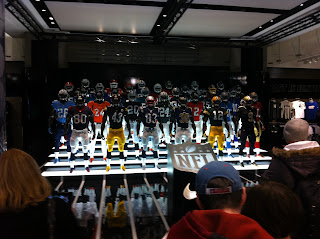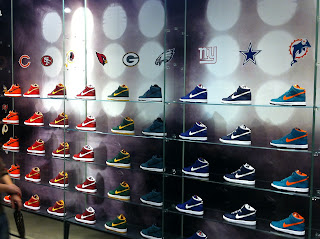Here are the notes I took from the tutorial.
- change from 4 chapters to 3 chapters
- consumerism branding
- start chapter 1
- ask support how to structure that chapter
- introduction
- main body
- 4 or more theories of branding in consumer culture
- conclusion
- relates back to title
- Can use a variety of examples (don't go mad)
- famous brands - Pes soap
- brands associating itself with something else
- expand on methodologies
Richards notes and feedback.
- amended dissertation to focus on three chapter structure.
- 1 - brand theory and consumer culture
- 2 - NIKE and cool branding
- 3 - case studies
- Chapter 1 (2000 words) - use a variety of examples
- intro
- main body
- 4 or more theories
- conclusion
- relate back to title
- link to next chapter
- By next tutorial - start chapter one
So basically this was a good tutorial and I don't feel as behind on the work as I did beforehand and I just need to draft my first chapter for the next tutorial and we can go from there.


































